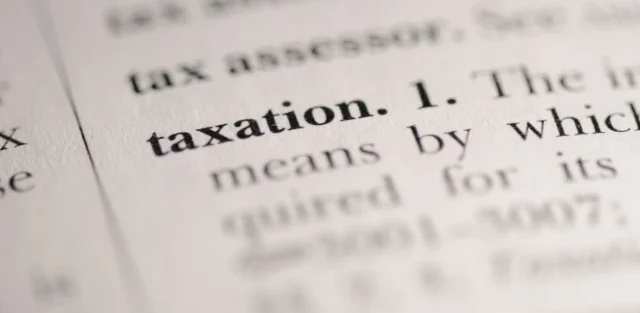For Canadian citizens and businesses in Ottawa, the personal income tax system is a fact of life. However, understanding the underlying philosophy behind the system — progressive taxation — is key to appreciating its role in the economy and managing your fiscal strategy. This principle states that tax rates should increase as taxpayers’ incomes increase, rooted in the concepts of fairness and ability to pay.
At AI Tax Consultants, we help individuals and corporations navigate this tiered system efficiently. We believe that informed compliance leads to better financial outcomes. So, let’s clarify the basic mechanics and dual objectives of progressive taxation in the Canadian context.
1. The Core Mechanic: Marginal Tax Rates
The most misunderstood aspect of progressive taxation is the concept of a marginal tax rate. When your income enters a higher tax bracket, only the income falling within that higher bracket is taxed at a higher rate. Income below that threshold remains taxed at lower rates. For example, an individual does not pay the highest provincial and federal marginal rates on their entire income, but only on the portion that exceeds the upper bracket limit. As a result, the system ensures that earning more money always results in a higher net, take-home income, dispelling the myth that moving into a higher bracket means you get less money overall.
2. The Principle of Vertical Equity
The philosophical basis of progressive taxation is the principle of vertical equity or “ability to pay.” In essence, those with more discretionary economic power should contribute a proportionally larger share of their income to public finances. The argument is that a 10% tax on high incomes causes less economic hardship than a 10% tax on low incomes. Thus, by imposing higher percentage rates on higher incomes, the system attempts to equalize the financial sacrifices made by all taxpayers. This ensures that the tax burden is distributed on the basis of financial ability.
3. The Redistributive Function
Beyond simply raising income, progressive taxation serves an important social purpose: redistribution. Revenue from higher tax brackets is redirected back to public services and social programs. Specifically, this includes funding health care, public education, and income-tested social transfers such as the Canada Child Benefit (CCB). Furthermore, by reducing income inequality, the system contributes to social stability, which is essential for a healthy and vibrant business environment. Studies consistently show that the progressive nature of the personal income tax system, combined with social transfers, significantly reduces the Gini coefficient (a measure of inequality) in Canada.
4. Leveraging Deductions Strategically
While a progressive structure sets rates, strategic tax planning determines taxable income. Tax deductions, such as contributions to a Registered Retirement Savings Plan (RRSP), reduce your taxable income and are therefore more valuable to higher-income earners who face more modest rates. Therefore, understanding how deductions reduce your tax liability is key to tax efficiency within a progressive structure. Additionally, taking advantage of available tax credits (such as the Basic Personal Amount) helps directly reduce your overall tax bill.
Navigating the intricacies of progressive taxation is essential for strategic wealth management. Contact AI Tax Consultants today to ensure you are maximizing your tax deductions and credits within Canada’s progressive system.
(FAQs)
1. Does Progressive Taxation mean all my income is taxed at the highest rate once I enter a higher tax bracket? No. This is a common misconception. In Progressive Taxation, only the income that falls within a higher bracket is taxed at the higher marginal rate. All income below that threshold is still taxed at the lower, previous rates, meaning earning more money always results in a higher net, take-home income.
2. What is the main principle of fairness behind Progressive Taxation? The main principle is vertical equity, or the “ability-to-pay” principle. This holds that individuals with a greater ability to pay (those with higher incomes) should contribute a proportionally larger share of their income to fund public services, minimizing the economic sacrifice for lower-income earners.
3. How does Progressive Taxation relate to social programs like the CCB? The revenue generated by Progressive Taxation is critical for funding social programs. By collecting a larger share from high earners, the system facilitates income redistribution, which is used to fund social safety nets and income-tested benefits like the Canada Child Benefit (CCB), thereby reducing income inequality.




